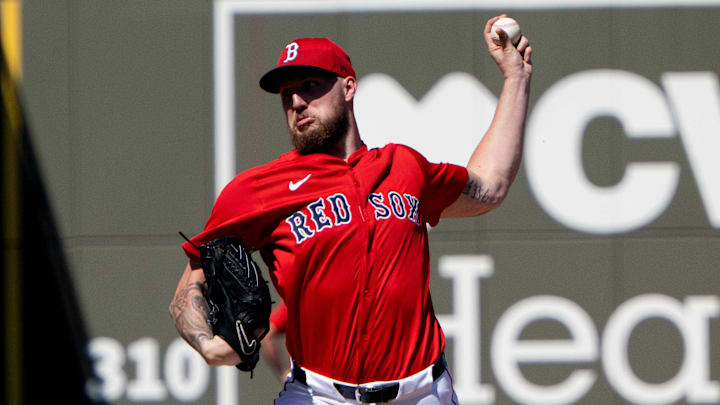There were many reasons the Chicago White Sox had to trade Garrett Crochet during the offseason.
The Sox needed the talent infusion more by trading Crochet rather than him being the Opening Day starter for another season.
The White Sox have a ton of promising pitching prospects to replace Crochet (even if a few of them are now out after needing Tommy John surgery). The farm system was lacking in impact positional players.
The Crochet deal remedied that by bringing in Kyle Teel, who became the team's top hitting prospect, along with Braden Montgomery and Chase Meidroth. Both of those players slotted into the team's top 10 prospects list.
Make no mistake about it, money also factored into Garrett Crochet getting dealt.
The club-control timeline was not matching up with the team possibly getting back to being competitive. 2027 is believed to be the soonest anticipation season the franchise gets back to being competitive.
Crochet's arbitration-eligible years would have been done by that season.
Since the team was not interested in signing him to an extension, he had to go.
Well, the front office briefly made a run last July to extend him but talks broke down quickly. Now, we likely know why.
Crochet just agreed to a record-setting extension that the White Sox would never have given him.
BREAKING: Left-hander Garrett Crochet and the Boston Red Sox are in agreement on a six-year, $170 million contract extension, sources tell ESPN. The deal starts in 2026 and includes an opt-out after 2030. By far the largest deal ever for a pitcher with 4+ years of service.
— Jeff Passan (@JeffPassan) April 1, 2025
Crochet finally got his long-desired extension, and it is for a bag of money. That big number is likely why the White Sox were not able to extend him through the rest of the decade.
White Sox owner Jerry Reinsdorf has been loath to pay pitchers. Add in that he has also never authorized a contract for over $100 million, and you can see why Garrett is now going to pitch for Boston through the rest of the decade.
Yeah, not a chance that Jerry Reinsdorf would have approved that extension for Garrett Crochet.
— Josh Nelson - Sox Machine (@soxmachine_josh) April 1, 2025
Maybe $170 million is a bit too much for Crochet, but strikeouts are getting expensive by the day. The next good lineup likely needs Teel, Meidroth, and Montgomery more.
However, if the Sox had to pony up some extra cash to an anchor of the rotation through 2030, it might have been worth it.
Imagine him headlining a rotation that features a realized potential Noah Schultz and Hagen Smith, baseball's two top left-handed pitching prospects, along with stud young right-handers Grant Taylor and Sean Burke.
That could potentially be one of the best rotations ever assembled in league history.
Plus, if the Sox are ever going to climb out of rock bottom, they are going to have to do it with their pitching. Even with five (and possibly six) of their young hurlers lost to Tommy John surgery, the Sox still have plenty of promise in their system when it comes to pitching.
Plus, you cannot rule out Drew Thorpe as one of the potential arms in the rotation for the next great team.
Remember, Tommy John surgery has become so routine that guys easily come back from it. The only downside is the lost time.
Now had the Sox actually decided to spend the big bucks to extend Crochet, getting future impact bats would have been harder.
However, if current young placeholders such as Davis Martin and Jonathan Cannon pitch well, they could eventually be dealt for young bats. The volume might not be what the Sox could get for Crochet, but there is a possibility Martin and Cannon could bring back some quality.
Plus, the Sox are going to need this draft and probably the next two to really set up to be a competitive team toward the end of the decade and heading into the next. However, trading Crochet has helped the chances of getting back to respectability by 2027.
So, while there are rational reasons Crochet had to be traded, it still is frustrating to see economics be the main reason he had to go.
